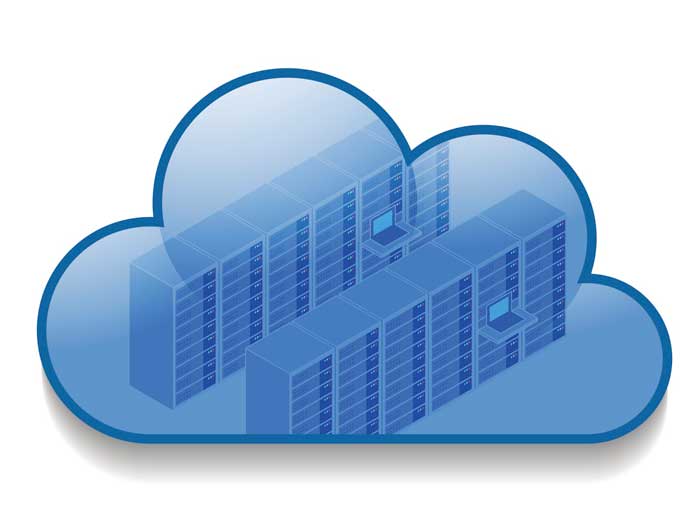In recent times, IT businesses have adopted converged infrastructure (CI) to meet changing requirements. But now, as many companies embark on digital transformations, more and more are instead opting for hyperconverged infrastructure (HCI) to deliver a flexible system that is suited to supporting even mission-critical apps.
In the face of virtualization and cloud computing, businesses are moving away from the conventional three-tier model of compute, virtualize, and store. The all-in-one nature of a hyperconverged infrastructure enables IT teams to free resources and benefit from potentially significant cost savings. The result? A culture with an increased focus on innovation.
The value proposition of HCI has not gone unnoticed. Eighty-five percent of IT executives claim that their companies are already using or plan to use HCI. And, half of current HCI users aim to expand their deployment.
Hyperconverged infrastructure paired with strategic implementation can become a business’s bottomless pit of value, too.
Hyperconverged Infrastructure Meets the Needs of Modern-Day IT
HCI assimilates compute, networking functionality, and software-defined storage (SDS) into convenient, agile hardware appliances that are pre-engineered, pre-validated, and deployment-ready. Hyperconverged systems also add value by using hypervisors for system, workload, and data management.
The integrated design of hyperconverged infrastructure helps IT teams efficiently and economically modernize their data center, break down silos of complex infrastructure, and ultimately save time and financial resources.
Further to that, HCI systems enable end-to-end lifecycle management and automation, delivering optimal speed, predictability, and scalability. Time-to-value of IT services also is accelerated – HCI is significantly faster to deploy than traditional server infrastructures. The right HCI platform can streamline the entire system lifecycle start to finish:
- Deployment
- Management
- Scalability
- Maintenance
What’s more, because HCI can operate as a single product, the time-killing task of managing multiple infrastructure tiers is essentially eliminated. Updates can be downloaded and installed as one single software package.
The benefits of HCI weren’t always realized by the IT industry at-large. In the past, these platforms were seen as solutions for specialized IT needs. For example, HCI was used to provide a separate ‘island’ infrastructure to deliver things like virtual desktop interface or core infrastructure workloads. Remote office connectivity was also supported by HCI in the earlier days.
Today, however, the IT sector sees the potential of HCI and is deploying the infrastructure more broadly, with many forward-thinkers looking beyond non-mission-critical use cases. IT organizations are choosing HCI to:
- Simplify infrastructure deployment and management
- Make better use of cloud services
- Scale operations to cater to changing data needs
- Provide improved support to business applications
- Support both traditional and cloud-native workloads
- Improve customer relationship management (CRM) systems
Infrastructure for the Era of Web-Scale and Cloud Computing
Based on a web-scale architecture design, hyperconverged infrastructure natively integrates compute, storage, and storage networking functionalities into a single appliance. Because of this, HCI can support both public and private clouds effortlessly, including those with pooled hardware resources, distributed file systems, and adjacent workloads.

It’s worth noting that HCI doesn’t necessarily need to replace existing converged infrastructure. Both infrastructures are logical choices for distinct data center needs, with HCI often trumping CI in terms of cloud compatibility. Some organizations may benefit from incorporating both architectures into their systems.
Here are a couple of pointers to help you recognize the fundamental differences between CI and HCI:
SDS is not supported by CI, so it may be the ideal solution for environments that have predictable storage needs
HCI is 100 percent software-defined, which means memory, CPU, and other computing resources scale together
CI maintains separated resources for compute, networking, and storage
HCI delivers simplified deployment and management – it’s a single appliance that integrates several standardized functions
Hyperconverged Infrastructure for Business-Critical Applications
Hyperconverged infrastructure offers serious value – that much is obvious. But what types of applications are real-life organizations running on HCI deployments? How might an HCI system look in your organization?
Interestingly, as a promising sign of confidence, over half of the current adopters are supporting business-critical applications with HCI. This includes both financial applications and enterprise resource planning (ERP).
Companies are also using HCI for multiple-app workloads, such as the following:
Engineering and technical
Big data and data analytics
Remote office computing
Collaboration and productivity
Security is, of course, a chief concern when deploying mission-critical applications. HCI does offer improved data security and increased control, features that are again encouraging broader adoption.

Do keep in mind, however, that traditional methods of security data centers are too cumbersome for HCI deployment. Agility is one of the biggest drawcards of HCI – some tried-and-true security defenses rely on full clients that need to be installed on each endpoint. HCI systems benefit from ditching the one-agent-per-endpoint approach and instead centralizing security. Going agentless eliminates speed bumps while providing security across the board.
Whichever way you slice it, almost all IT organizations can draw value from switching part or all of their systems to a hyperconverged infrastructure design. The potential benefits cannot be ignored.
Michael Brenner is a keynote speaker, author and CEO of Marketing Insider Group. Michael has written hundreds of articles on sites such as Forbes, Entrepreneur Magazine, and The Guardian and he speaks at dozens of leadership conferences each year covering topics such as marketing, leadership, technology and business strategy. Follow him @BrennerMichael.
© 2020 Nutanix, Inc. All rights reserved. For additional legal information, please go here.



